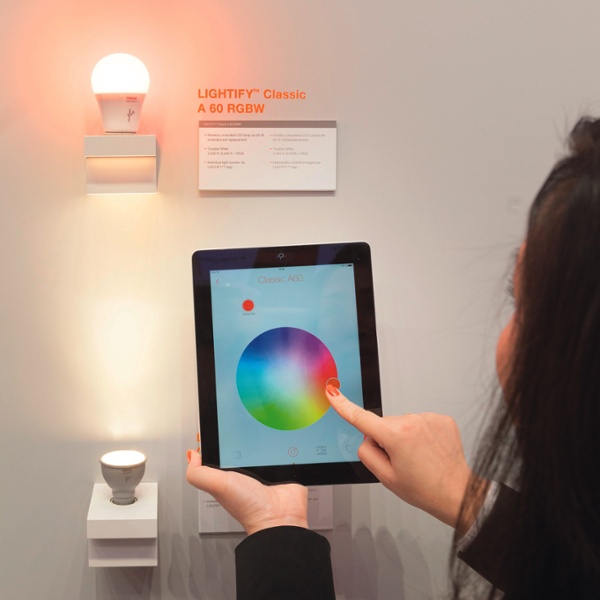
GUI stands for graphical user interface, which refers to the graphics in electronic devices with which users interact.
This interaction is done by using icons, menus, windows and other visual indicators, instead of text inserted through a command line.
Essentially, graphical user interface allows users to open a window, document, program and others by clicking on an icon in the homepage for instance, instead of having to write that comman down using words.
Why did GUI’s become popular? Find out on the next page.
Most, if not all, operating systems in the market today use graphic user interfaces to ease users’ experiences. Such companies include Microsoft, Apple, Linux, etc.
Examples of graphic user interfaces include GNOME, KDE, Microsoft packages like Excel or Word, and internet browsers such as Internet Explorer, Chrome or Firefox.
Graphic user interfaces became popular when Apple launched its first Macintosh computer in 1984. However, the technology was originally designed by Xerox Corporation’s Palo Alto Research Centre in the 1970s.






